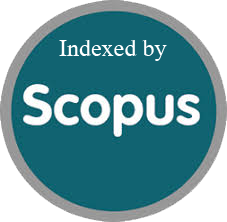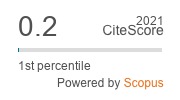Semantic Sparse Coding For Enhanced Image Applications
Abstract
In this paper, we explore the effectiveness of semantic sparse recoding of visual content in enhancing image applications. Sparse coding (SC) is a technique that represents data with a minimal number of active coefficients, thus providing a compact and interpretable representation. We delve into the principles of SC, including the importance of sparsity, dictionary learning, and the optimization process. We compare different SC methods such as NSCT, Sharp Fusion, GFF, MST-SR, ASR-256, ASR-128, and GDMC based on metrics including QAB/F, FS, QMI, Qw, QY, QCB, H, and SD. Additionally, we evaluate the performance of two specific approaches, GDLC and GDMC, on visible-infrared and medical image pairs. Our results demonstrate the superior performance of certain SC methods in various image processing tasks, underscoring the potential of SC in advancing image applications.




